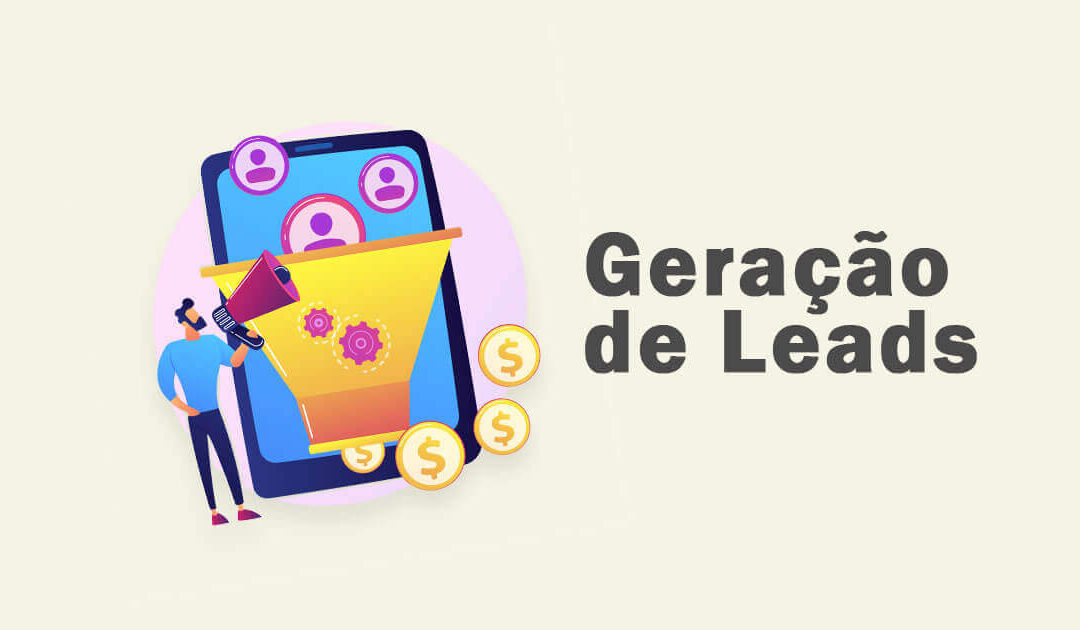What is a Lead?
A Lead is anyone who indicates interest in a company's product or service in some way. Leads typically hear from a company or organization after opening a communication (sending personal information for an offer, trial, or subscription) rather than receiving a phone call from a stranger.
Let's think in practical terms: you take an online survey to find out more about how to take care of your car. A day or two later, you receive an email from the car company that created the survey telling you how they could help you take care of your car. This process would be much less intrusive than if you had been called out of the blue, right? This is being a Lead.
From a business perspective, the information the car company collects from your survey responses helps them customize that opening communication to address your existing issues. – and not wasting time phoning drivers who are not at all interested in car services.
Now that you know what a Lead is, it's time to answer another fundamental question.…
What is Lead Generation?
Lead generation is the process of attracting and converting unknowns and potential customers into someone who has expressed an interest in your company's product or service. Some examples of lead generators are job applications, blog posts, coupons, live events and online content.
These lead generators are just a few examples of lead generation strategies that you can use to attract potential customers and direct them to your offers.
So, basically, lead generation is a way to get potential customers for your business and put them on the path to eventually making a purchase. Simple, isn't it?
The Lead Generation Process
Now that we have a better understanding of Lead generation, let's walk through the steps of your process.
First, a visitor discovers your business through one of your marketing channels, such as your website, blog or social media page. That visitor then clicks on your call to action (correct term: CTA, i.e. Call To Action) – an image, button, or message that encourages website visitors to take some kind of action. That CTA takes your visitor to a landing page, which is a web page designed to capture key information in exchange for an offer.
Note: An offer is content or something of value that is being ‘’offered’’ on the landing page, such as an e-book or course. The offer must have sufficient perceived value for a visitor to provide their personal information in exchange for accessing it.
Once on the landing page (official term: landing page – read more here), your visitor fills out a form in exchange for the offer. (Forms are typically housed on landing pages, although they can technically be embedded anywhere on your website). And voila! There's a new lead. That is, as long as you follow the form's Lead Capture best practices. See how it all fits?
To summarize: the visitor clicks on a CTA that takes them to a landing page where they fill out a form to get an offer, at which point they become a Lead. Simple, isn't it? Now you must be asking: but what are the best techniques to increase my lead generation? We help…
Techniques to Increase Your Lead Generation
Lead generation encompasses a wide range of tactics, campaigns and strategies, depending on the platform on which you want to capture Leads. So let's dive into lead generation strategies on some popular online platforms.
-
Facebook Lead Generation
Facebook has been a lead generation method since its inception. Originally, companies could use outbound links in their posts and information in their bios to attract strangers to their websites.
However, when Facebook Ads was launched in 2007, and its algorithm started to favor accounts that used paid advertising, there was a big change in the way companies used the platform to capture leads.
Facebook created Lead Ads for this purpose. Facebook also has a feature that allows you to place a simple call-to-action (CTA) button at the top of your Facebook page, helping you to send Facebook followers directly to your website.
-
Generation of Twitter Leads
Twitter has General Lead Cards, which allow you to generate Leads directly from a tweet, without having to leave the site.
The username, email address and Twitter username are automatically pulled into the card, and all they have to do is click ‘Submit’ to become a Lead.
-
LinkedIn Lead Generation
LinkedIn has been increasing its participation in the advertising space since its beginnings. When it comes to lead generation, LinkedIn created Lead Gen Forms, which appear with user profile data when they click on a CTA, making it easy to capture information.
-
B2B Lead Generation
B2B is a particular business model that requires a specific approach to lead generation. SEO is the number one resource for capturing business leads, followed closely by email marketing and social media. But of course, the effectiveness varies from the marketing channel being used.
-
Generation of PPC Leads
When we say pay-per-click (PPC), we mean ads on search engine results pages (SERPs). Google receives 3.5 billion searches a day, which makes it a top notch source for any advertising campaign, especially lead generation.
The effectiveness of your PPC campaign depends heavily on a steady stream of users, as well as your budget, target keywords, and a few other factors.

Increase your business volume.
Tips for Lead Generation Campaigns
In any lead generation campaign, there can be many moving parts. It can be difficult to tell which parts of your campaign are working and which parts need some improvement. What should really go into a top quality lead generation engine? Here are some tips when building lead generation campaigns.
-
Use the right lead generation tools
The most successful marketing teams use a formal system to organize and store their leads. This is where lead generation tools and lead generation software come into play.
What do you know about the people who visit your website? Do you know their names or their email addresses? And what pages have they visited, how do they navigate, and what do they do before and after filling out a lead conversion form?
If you don't know the answers to these questions, chances are you're having trouble connecting with people visiting your website. These are questions you should be able to answer. – and you can do it with the right lead generation tools.
There are a few different tools and templates that will help you create different lead generation resources to use on your website. Here are some Lead Generation campaign tips:
-
Create amazing offers for all different stages of the purchase cycle
Not all of your website visitors are ready to speak with your sales team or see a demo of your product. Someone at the beginning of the buyer's journey might be interested in an informational piece like an e-book or a guide, while someone who is more familiar with your company and towards the end of the buyer's journey might be more interested in a demo or free trial.
Make sure you are creating offers for each stage and offering CTAs for these offers throughout your website.
Yes, it takes time to create valuable content that teaches and feeds your leads down the funnel, but if you don't offer anything to visitors who aren't ready to buy, then they may never come back to your website.
If you want to take customization a step further – which will help to increase your conversion rate – try using smart CTAs. Smart CTAs detect where a person is on the buyer's journey, whether it's a new visitor, a lead, or a customer, and display the CTAs accordingly. Personalized CTAs convert 42% more visitors than basic CTAs.
-
Keep your messages consistent and keep your promise
The highest converting lead generation campaigns are the ones that deliver on their promises and create a seamless transition. Make sure you're delivering a consistent message throughout the process and giving value to everyone involved in your lead capture.
The aspects of your lead generation campaign should mirror everything else on your website, on your blog and within the product you will eventually try to sell. Your campaign should be about more than just getting an email address – it should be about getting a new customer.
-
Connect your CTA to a dedicated landing page
This might seem obvious to you, but you'd be surprised how many merchants don't create dedicated landing pages for their offers. CTAs are intended to send visitors to a landing page where they can receive a specific offer.
Don't use CTAs to drive people to your landing page, for example. Even if your CTA is about your brand or product (and maybe not an offer like a download), you should still send them to a specific landing page that's relevant to what they're looking for and includes an opt-in form. in.
-
Stay flexible and constantly changing
Your lead generation strategy needs to be as dynamic as the people you are trying to win over.
Trends change, opinions change too… so it makes perfect sense for your lead generation marketing to adapt too. Use A/B split tests to see which CTAs perform best, which landing pages convert best, and which copies capture your target audience. Experience changes from layout, design, UX, content and various advertising channels until you find what works best.



